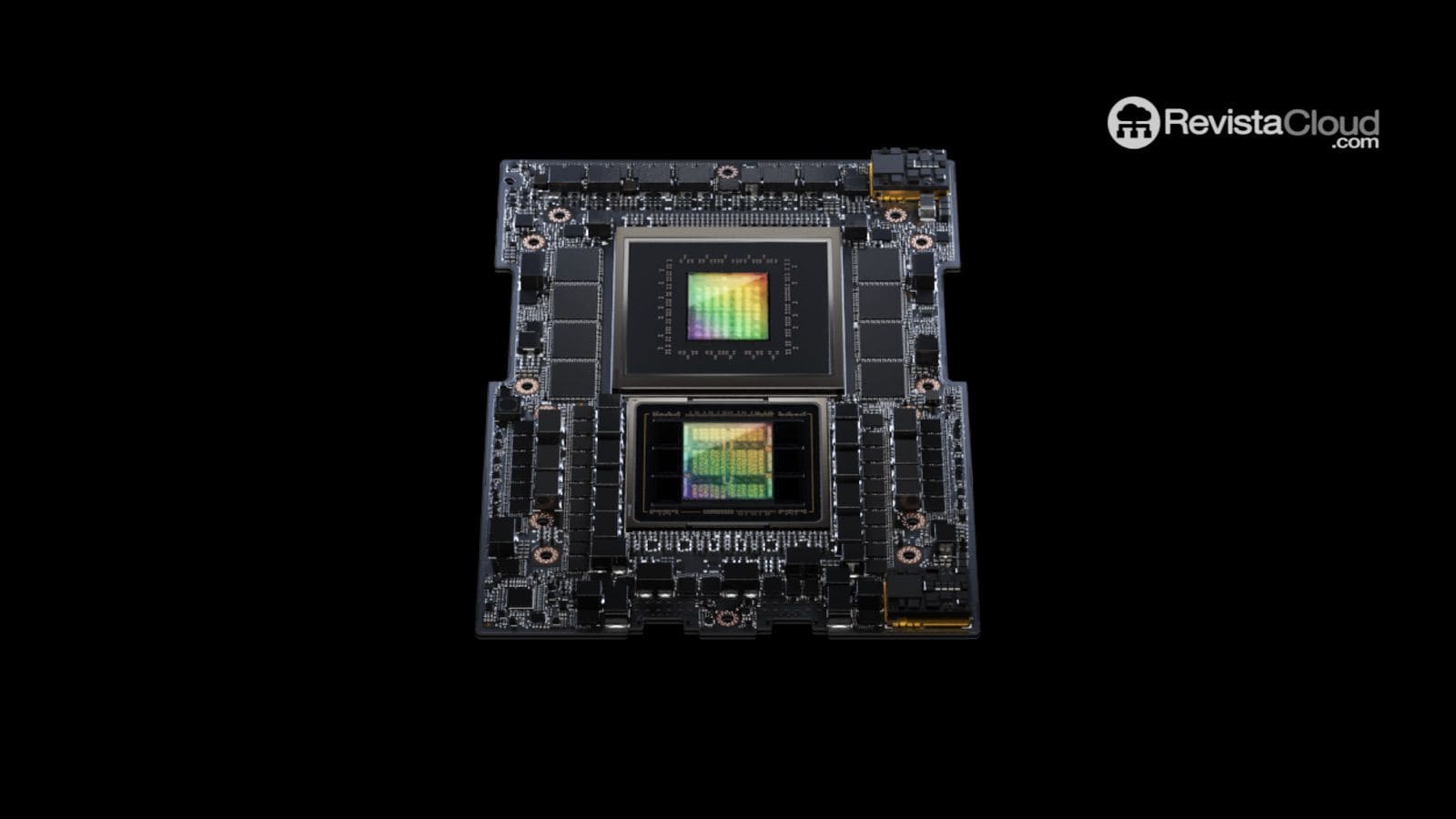The next generation of Nvidia’s DGX server family, known for its high processing power and used in artificial intelligence (AI) and deep learning applications, will adopt liquid cooling. This innovation was confirmed by Nvidia CEO Jensen Huang during a presentation at the 2024 SIEPR Economic Summit at Stanford. The new GPU server system is expected to be officially announced at the company’s GTC event starting on March 18.
This change marks a significant advancement in water cooling technology for high-demand systems like DGX servers, which have seen a significant increase in power consumption and heat generation due to the growing processing power of GPUs. The transition to liquid cooling aims to efficiently manage the heat generated by components, thereby improving the performance and reliability of the systems.
Huang’s confirmation comes at a time when the tech industry is grappling with the challenge of managing the increasing power consumption and thermal demands of high-power devices. Dell, another tech giant, recently revealed that the upcoming Nvidia B100 GPU would have a thermal design power (TDP) of 1kW, a significant increase from the 700W of the H100 model.
Nvidia’s commitment to innovation in cooling its DGX systems reflects the importance of adopting advanced solutions to maintain leadership in the high-performance server market. This approach not only enhances the energy and operational efficiency of data centers but also paves the way for future technological developments that require even more sophisticated thermal management.
Renowned customers such as Google Cloud, Meta, and Microsoft have already implemented DGX systems in their data centers, accounting for approximately 20% of Nvidia’s revenues. The adoption of liquid cooling in the next generation of DGX servers underscores Nvidia’s ongoing commitment to delivering innovative solutions that meet the growing computing needs of its customers and strengthen its position in the competitive AI and deep learning market.

